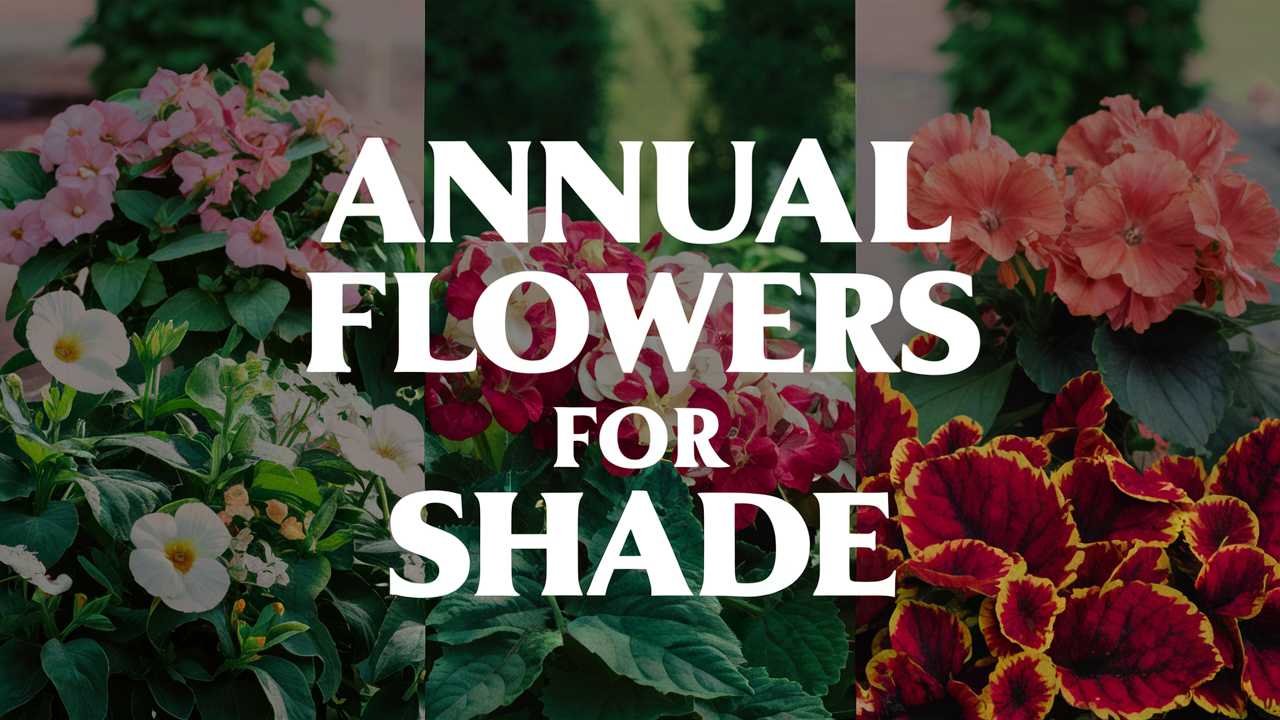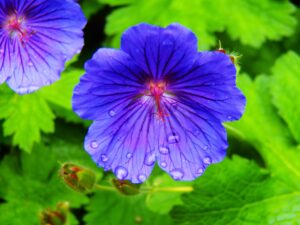This guide will explore vibrant annual flowers that flourish in shade, each bringing unique colors and textures to your garden.
Begonia
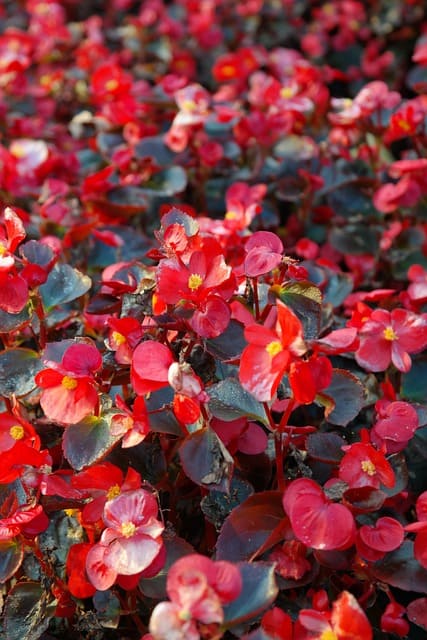
One of the most versatile choices for shady gardens is the begonia. Known for its lush foliage and stunning blooms, begonias thrive in partial to full shade. Their attractive leaves come in various shapes and sizes, often with a rich, waxy texture. Not only do they add depth with their dense foliage, but they also bloom in a variety of colors, from pastel pinks to vibrant reds. For optimal growth, ensure they are in well-drained soil and kept moist, as they prefer a humid environment. This stunning plant is perfect for containers, hanging baskets, or even as a ground cover, making it an ideal choice for shaded spots in your garden.
Sweet Alyssum

Sweet Alyssum is famed for its delightful fragrance and delicate, tiny flowers that create a blanket of color in shady gardens. This hardy annual comes in shades of white, lavender, pink, and purple, attracting pollinators like bees and butterflies. Alyssum thrives in cool conditions, making it perfect for spring and fall plantings. Its low-growing habit makes it an excellent choice for the edges of garden beds and containers, adding a lovely cascading effect. Make sure to pinch back the blooms to encourage bushier growth and more prolific flowering throughout the season.
Lobelia
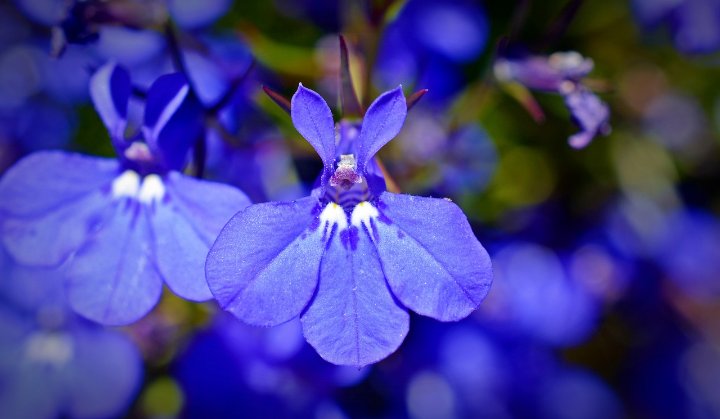
Lobelia is an excellent choice for shade gardens, providing beautiful cascading flowers in vibrant blue and purple hues. The delicate blooms create a striking contrast against darker foliage, making them ideal for hanging baskets or container planting. This charming flower flourishes in cooler temperatures, bringing life and color to shady corners. Ensure that Lobelia receives regular watering to maintain its vibrant appearance, as this plant enjoys consistently moist soil. Pair it with taller plants for a stunning visual effect, particularly in woodland or shaded areas.
Polka Dot Plant
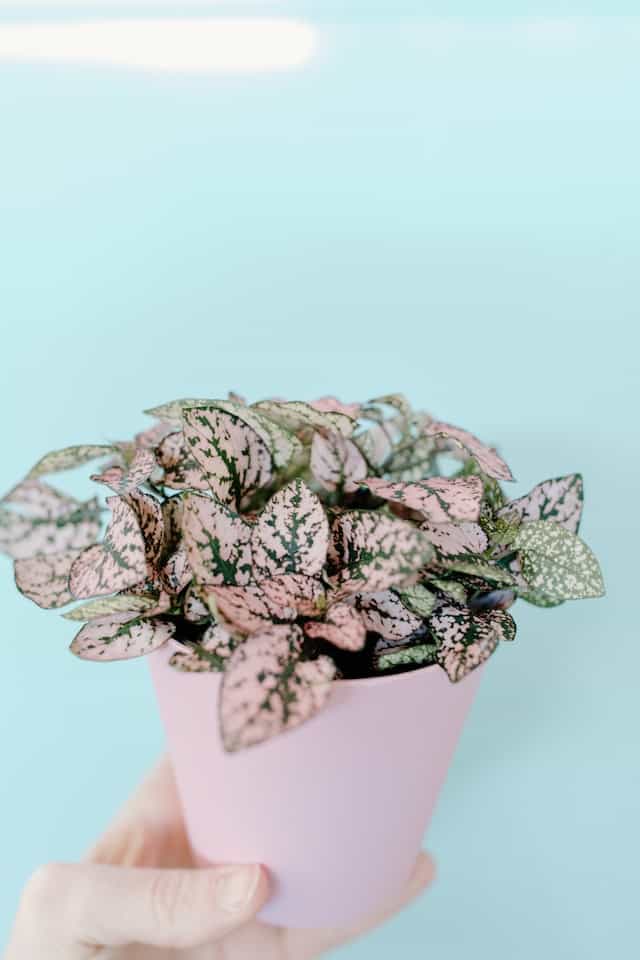
Also known as Hypoestes, the Polka Dot Plant is an eye-catching addition to shady gardens with its unique speckled leaves. This whimsical plant features pink, white, or red patterns on vibrant green foliage, bringing a playful twist to any garden space. While it may produce small flowers, the real attraction lies in its highly decorative leaves. Polka Dot Plants thrive in bright, indirect sunlight but can tolerate partial shade, making them ideal for filling in gaps beneath larger plants. They prefer soil that is kept evenly moist, so don’t forget to water them regularly to keep their vibrant colors bold.
Fuchsia
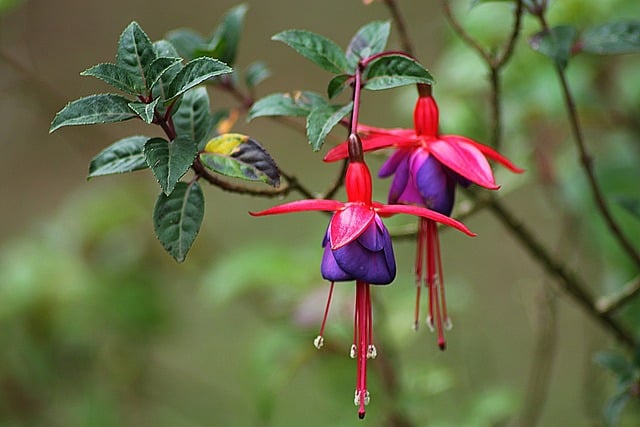
Fuchsias are the quintessential shade-loving flowers, known for their pendulous, bell-shaped blooms that dangle like little chandeliers. Available in a wide range of colors, from deep purple to bright pink, these annuals are especially effective in shaded areas. Fuchsias thrive in cool, moist conditions, making them ideal for partial shade locations. They are often used in hanging baskets or as a focal point in mixed containers. Regular deadheading encourages continuous blooming throughout the growing season, and their trailing varieties can create enchanting cascades of floral color.
Viola
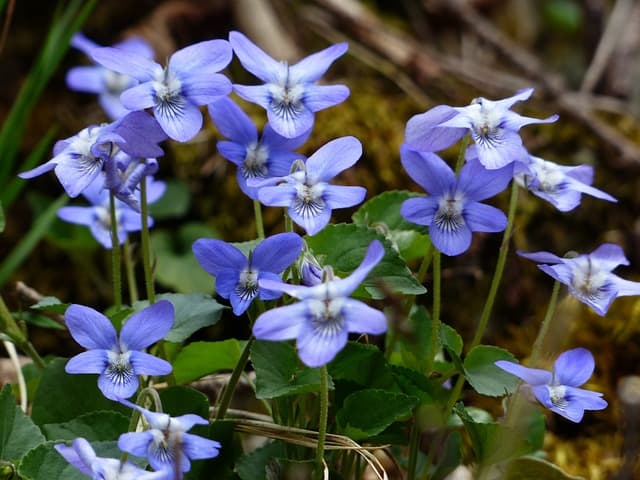
Violas, often confused with their larger pansy cousins, are much-loved for their petite blooms and broad color range. These adaptable flowers can thrive in cool, shady gardens, producing cheerful flowers in yellows, blues, purples, and whites. Violas are hardy, making them capable of withstanding cooler temperatures and growing beautifully as early spring and fall annuals. These charming flowers pair wonderfully with other shade-loving plants, and their compact size makes them suitable for edging garden paths or filling in bare spots in containers. For the best results, plant them in rich, well-drained soil and keep them moist.
Wishbone Flower
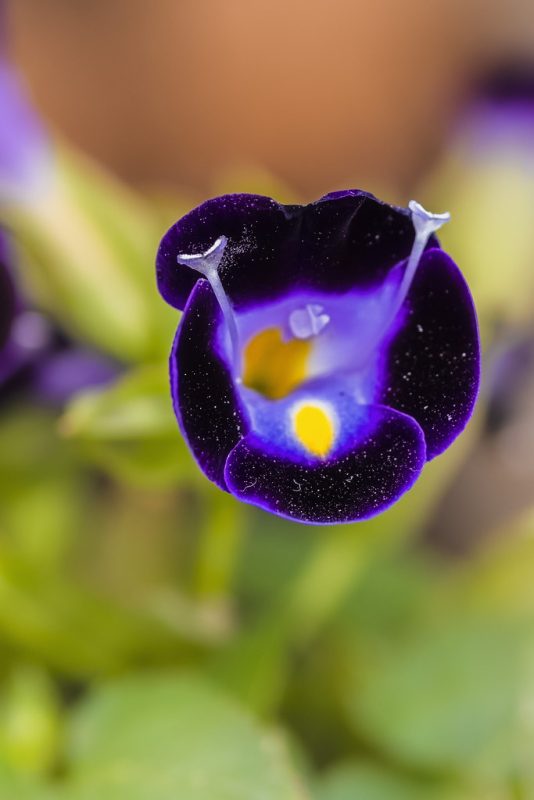
The Wishbone Flower (Torenia) is another colorful selection for shaded gardens. This charming plant showcases striking, tubular flowers in shades of blue, purple, and white, often with distinctive markings. The flowers resemble the shape of a wishbone, hence the name. In addition to its aesthetic appeal, Wishbone Flower is also known for its durability, thriving in partially shaded areas with just the right amount of moisture. Its trailing nature makes it perfect for hanging baskets and container gardens, adding a colorful update to your space. Ensure they are planted in well-draining soil that is kept consistently moist.
Caladium
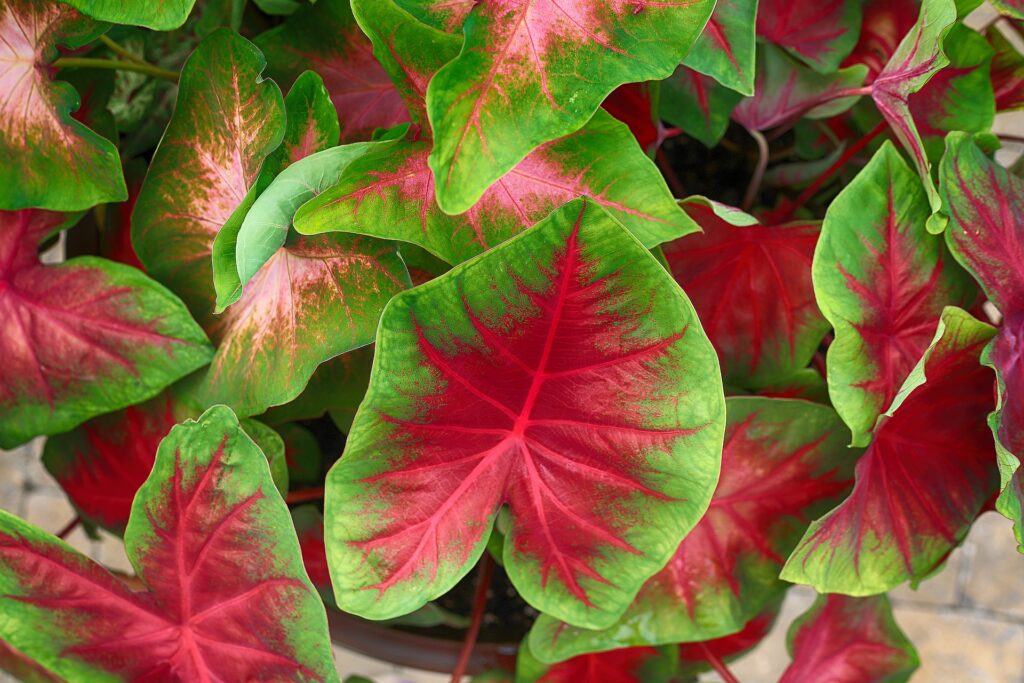
For those looking to add dramatic foliage to their shaded gardens, Caladiums are an outstanding choice. Known for their large, heart-shaped leaves adorned with eye-catching variegated patterns, these plants come in a range of striking colors including pink, white, and green. Caladiums thrive best in partial to full shade, providing stunning visual contrast among other summer blooms. While they may not produce striking flowers, the foliage alone can make a powerful statement in your garden or on your patio. Plant them in rich, well-draining soil, and remember to keep them well-watered for optimal growth.
Coleus
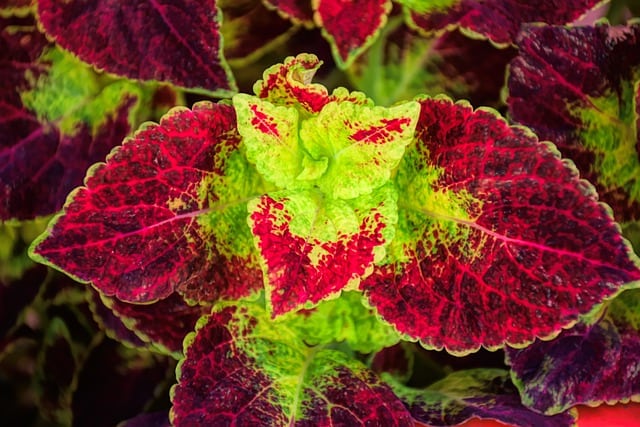
Coleus are known for their spectacular foliage rather than flowers, making them a beloved choice in shady gardens. With a vast array of colors ranging from deep maroon to bright chartreuse and everything in between, Coleus can create dynamic patterns and textures in your garden design. These hardy plants thrive in moderate sunlight and can tolerate full shade, but they prefer environments where they can receive a bit of dappled light. Regular pinching helps maintain bushy growth and lush foliage. Coleus is perfect for borders, mixed containers, and as a backdrop for other flowering plants, ensuring a lovely combination in shaded spaces.
Cineraria

Cineraria is well-loved for its vibrant, daisy-like flowers that bloom in shades of blue, purple, pink, and white. These charming flowers create a lovely display in shady garden spots, thriving specifically in cooler conditions. Cineraria prefers well-draining soil and can often be found in garden beds, containers, or as border plants. With their lush foliage and abundant blooms, they add an air of elegance and color to the shaded areas of your garden. Remember to keep them well-watered, especially during warmer periods, to maintain their vibrancy.
Stock
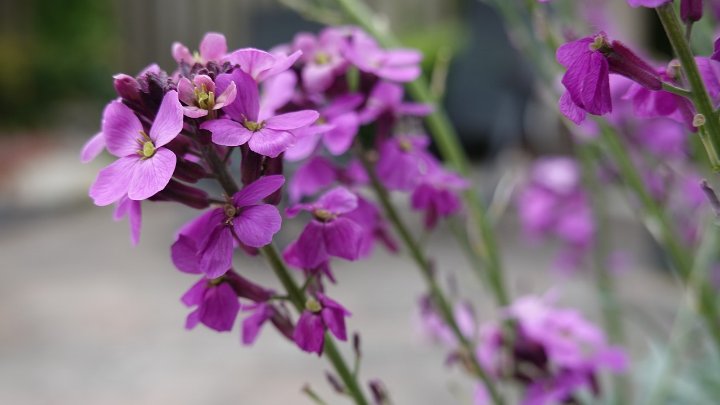
Stock flowers, with their delightful fragrance and colorful blooms, are a wonderful addition to shady gardens. This charming annual comes in a delightful array of hues, including white, pink, red, and purple. Stock is typically grown as a cool-season plant, thriving in partial shade and cooler temperatures, which makes it an excellent choice for early spring and fall gardens. Their upright stature and dense blooms make them great for borders and mixed flower beds. Regular deadheading encourages a longer blooming season, providing continuous fragrance and beauty throughout their growing period.
Impatiens
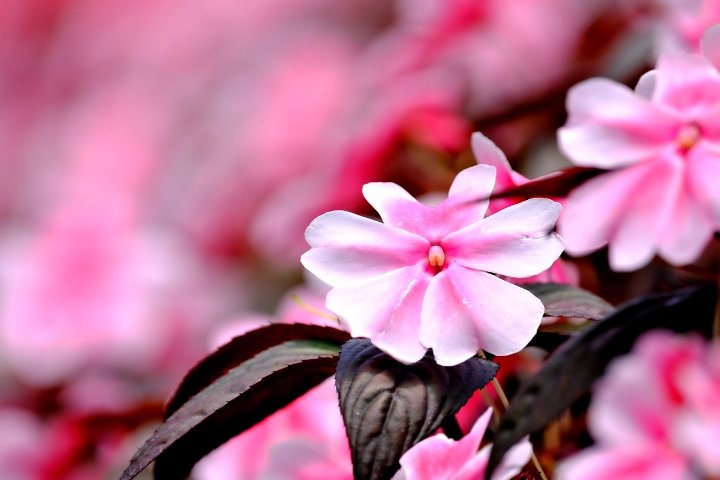
A classic choice for shady gardens, Impatiens are synonymous with vibrant color in low-light conditions. With an incredible range of colors—reds, pinks, whites, and purples—this flower can brighten up any gloom. Impatiens flourish particularly well in moist, well-drained soil, and are perfect for beds, borders, or window boxes. Their ability to thrive in various shade conditions makes them highly adaptable, ensuring they maintain their lush green leaves and profuse blooms even in difficult lighting. Keep the soil consistently moist, and you’ll enjoy a bountiful display throughout the growing season.
Nemesia

Nemesia is a lesser-known yet enchanting flower well-suited for shady gardens. With delicate blossoms in a range of colors, including yellow, blue, and lavender, they create a delightful, soft look in your outdoor spaces. These flowers prefer cool conditions, which makes them a smart choice for partially shaded areas. They can be used as ground covers or in containers, adding vibrancy wherever planted. Nemesia appreciates well-draining soil and consistent moisture to keep their blooms vibrant, making them a low-maintenance option for any shaded garden.
Snapdragons
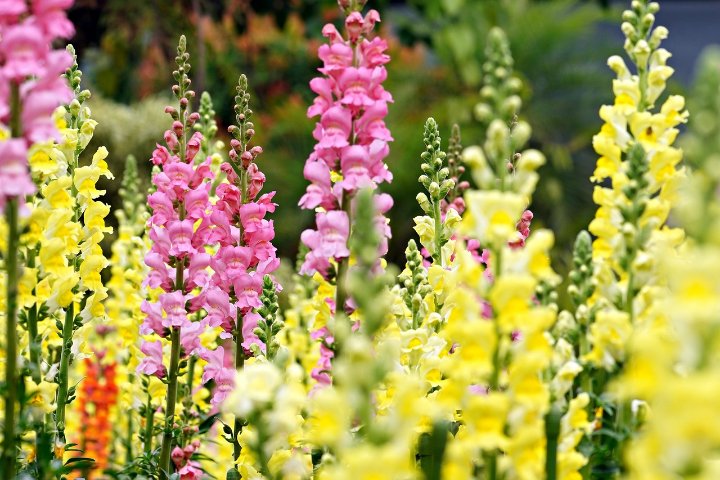
Snapdragons, with their distinctive tubular flowers and unique growth habit, are charming candidates for shaded gardens. While traditionally grown in sunny locations, certain varieties of snapdragons can adapt to partial shade, especially in warmer climates. They bloom in a rainbow of colors, ranging from whites and pinks to deep reds and purples, and their upright flowering spikes bring height and visual interest to garden beds. Snapdragons thrive in cool weather, making them perfect for spring and fall displays. Water them regularly to ensure they stay hydrated, and enjoy their showy blooms!
Beefsteak Plant (Perilla)
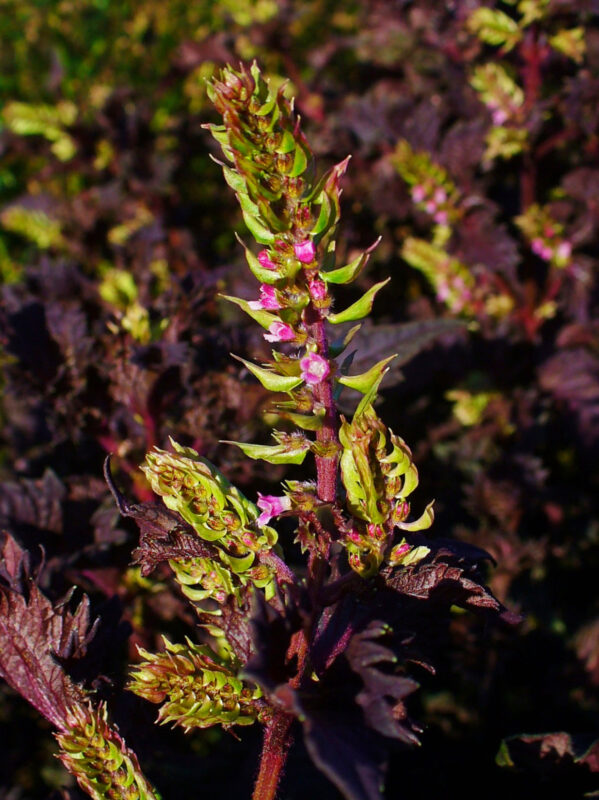
Also known as Perilla or Shiso, the Beefsteak Plant is a unique addition to shaded areas. This plant is cherished for its bold, textured foliage, which can vary in color from deep burgundy to vibrant green, often with veining or serrated edges. Beefsteak plants thrive in partially shaded spaces and provide an unusual yet attractive appearance among traditional flowers. While it does flower, its true beauty lies in its stunning foliage, which can be used in combination with flowering plants for a textured, multi-dimensional garden. Keep the soil moist and well-drained for optimal growth.
Dichondra

Dichondra is a unique ground cover choice for shaded areas, with its soft, round leaves creating a lush carpet of green. This low-growing plant is perfect for filling in gaps and softening the edges of flower beds. Particularly effective in cooler climates, Dichondra thrives in partial to full shade and tolerates a variety of soil types, although it prefers well-draining conditions. Its trailing nature makes it wonderful for hanging baskets and containers, cascading elegantly over the edges. To maintain the attractive appearance of your Dichondra, regular watering and soil upkeep are essential.
Sweet Potato Vine

Sweet Potato Vine is not just a delicious vegetable; its ornamental varieties add dramatic foliage and vibrant color in shaded gardens. Available in shades of green, copper, and purple, these vigorous growers can create a stunning backdrop or trailing effect in containers and hanging baskets. While they are often grown for their foliage rather than flowers, the sweet potato vine’s heart-shaped leaves can add interest to any shady spot. Regular watering maintains their health, and marrying them with colorful flowers can create striking combinations.
Browalia
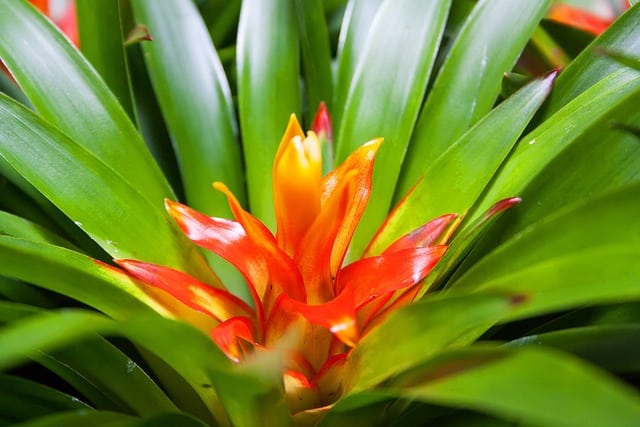
Browalia is a lesser-known but charming option for shady regions, boasting clusters of delicate, trumpet-shaped flowers in blue and purple tones. This adaptable perennial can thrive beautifully in partially shaded areas, offering long-lasting blooms throughout the summer. Browalia makes a lovely addition to borders, containers, or as a filler for garden beds. Be sure to maintain consistent moisture in the soil to encourage healthy growth and prolong flowering. With their charming nature, they fit beautifully alongside more prominent plants and add subtle elegance to shade gardens.
Rose Balsam (Impatiens balsamina)
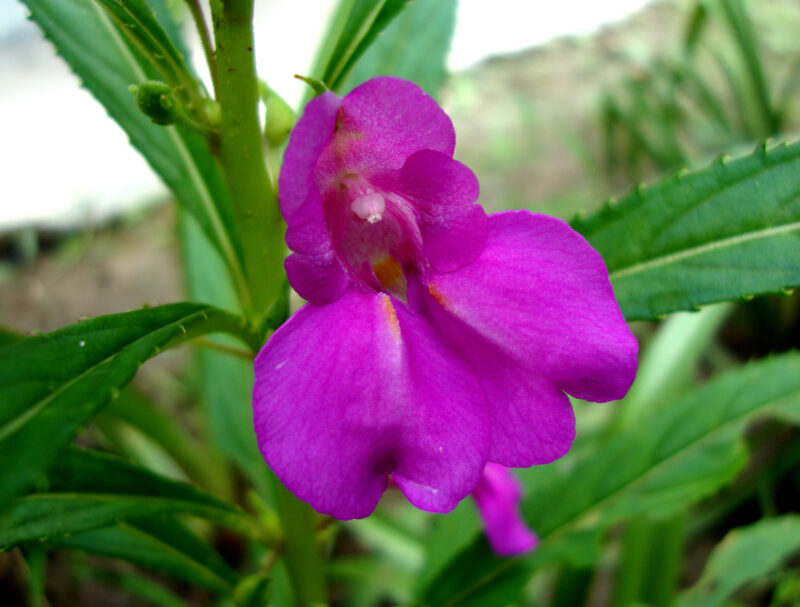
Rose Balsam, or Impatiens balsamina, brings a delightful old-fashioned charm to shade gardens. This plant showcases bright, cheerful flowers reminiscent of traditional garden blooms. It flourishes in well-drained soil and enjoys moderate watering. Ideal for borders and containers, Rose Balsam grows upright and can reach heights of up to 2 feet, offering visual height to shaded spaces. Its bright blossoms add color and cheer, allowing you to maintain a vibrant garden even in lower light conditions.
Persian Shield
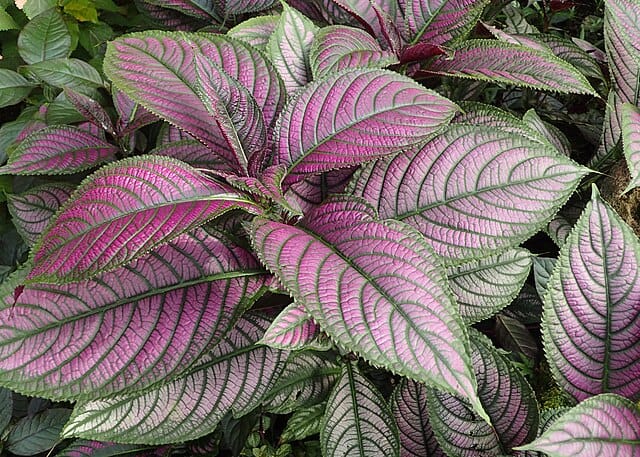
Persian Shield is a striking foliage plant that adds a splash of color to shaded gardens with its stunning leaves. The iridescent, deep purple leaves with hints of green and silver make Persian Shield a unique choice for accentuating darker corners of your garden. While it can produce small, inconspicuous flowers, the primary attraction lies in its foliage. Ideal for containers and borders, it thrives in partial shade with moist, well-draining soil. Regular pruning encourages bushier growth and allows you to shape it to suit your garden design perfectly.
Purple Heart
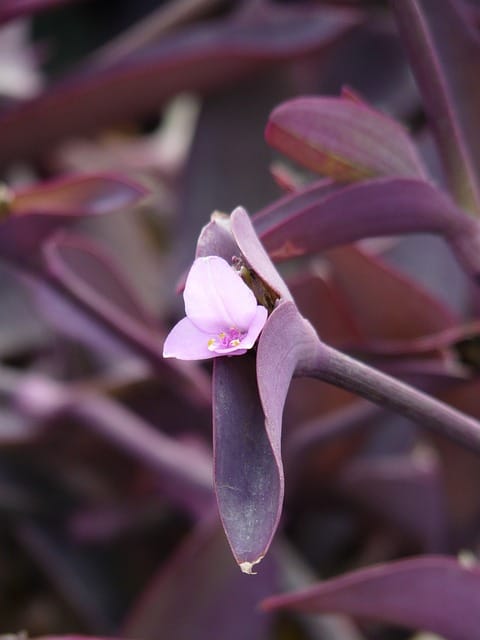
The Purple Heart plant, also known as Tradescantia pallida, brings a vibrant splash of color to shady spaces with its rich, deep violet leaves. This annual foliage plant thrives in well-drained soil and is particularly tolerant of shade conditions, making it an excellent choice for filling in gaps in garden beds or hanging baskets. The rich colors of Purple Heart provide a stunning contrast against other plants, making it a valuable addition to diverse plantings. Regular watering will keep the foliage healthy and vibrant, ensuring that your shade garden remains an eye-catching display.
Flowering Tobacco
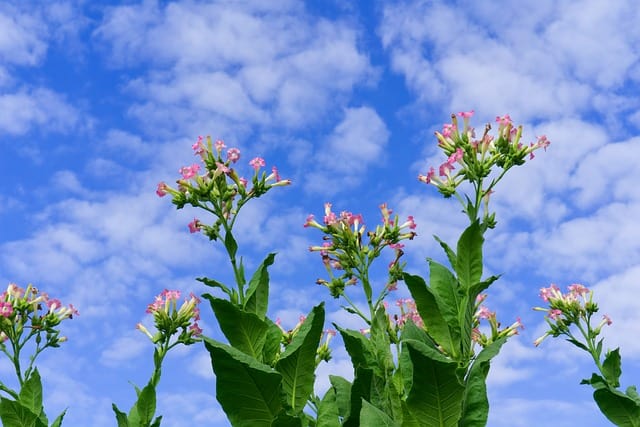
Flowering Tobacco plants, or Nicotiana, are unique annuals with tubular flowers that attract hummingbirds and pollinators to shaded gardens. These plants produce clusters of delicate, fragrant flowers in shades of white, pink, and purple, providing a subtle elegance to your outdoor space. Flowering Tobacco prefers partial to full shade and can thrive in less-than-ideal soil conditions. Their ability to bloom continuously throughout the growing season underscores their versatility and charm, making them a lovely option for enhancing shady areas.
Bacopa
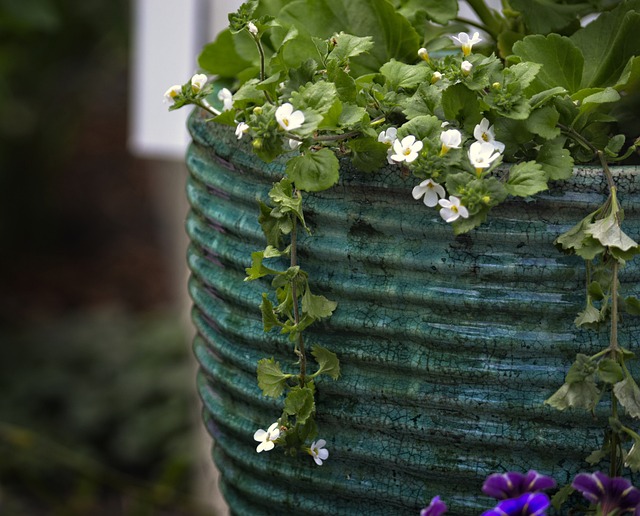
Finally, Bacopa is an excellent choice for shaded gardens, thriving in cooler conditions and producing small, charming flowers in shades of blue, white, or pink. This trailing plant works beautifully in containers, hanging baskets, or as a ground cover. Bacopa enjoys consistent moisture, so maintaining regular watering is essential for vibrant blooms. Their drooping habit creates a lush, cascading effect, perfect for adding a soft and romantic touch to garden spaces where the sun doesn’t shine directly.


